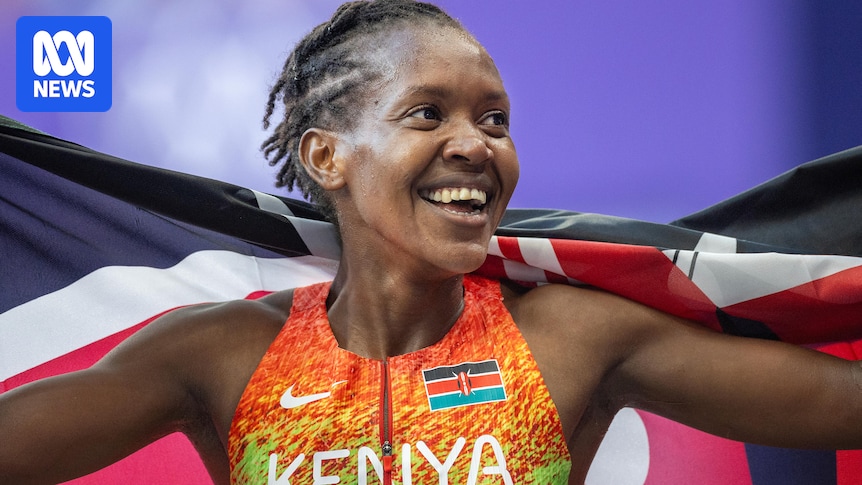
Faith Kipyegon is no stranger to the extraordinary. As a three-time Olympic champion over 1,500 meters, the 31-year-old Kenyan runner has already etched her name in the annals of athletic history. However, this week in Paris, Kipyegon is setting her sights on an audacious goal: breaking the 4-minute mile, a feat never before achieved by a woman.
The 4-minute mile is a legendary barrier in the world of athletics, first conquered by British runner Roger Bannister in 1954. Since then, over 1,700 male athletes have achieved this milestone. Yet, no woman has come close to breaking the 4-minute mark. The fastest recorded time for a woman is 4:07.64, set by none other than Kipyegon herself two years ago.
The Technological Edge
To achieve this unprecedented goal, Kipyegon will rely on cutting-edge technology provided by Nike, the sportswear giant known for pushing the boundaries of athletic performance. This attempt is part of Nike’s ongoing efforts to redefine what is possible in sports, reminiscent of their support for Eliud Kipchoge’s sub-2-hour marathon.
Kipyegon will don a specially designed skin suit with 3D-printed “aeronodes” to reduce drag, a technology borrowed from high-speed sports like luge. Additionally, she will wear a 3D-printed bra and a drag-reducing headband, all aimed at maximizing her aerodynamic efficiency. Her shoes, custom spikes weighing just 85 grams, feature a carbon plate and titanium pins to enhance energy return.
Learning from Kipchoge’s Success
Eliud Kipchoge, who famously broke the 2-hour marathon barrier in 2019 with technological assistance, serves as both a mentor and inspiration for Kipyegon. His achievement, although not officially recognized due to the level of support, demonstrated the potential of combining human talent with technological innovation.
“It will be lovely to see Eliud after the finish line,” Kipyegon shared with AP last week, highlighting the emotional support she receives from her training partner.
The Challenge Ahead
Despite the technological advantages, the task remains daunting. Kipyegon needs to shave over 7 seconds off her personal best to break the 4-minute barrier. For context, Usain Bolt’s famous 100m world record in 2009 reduced the previous mark by just 0.11 seconds, a 1.13% improvement. Kipyegon’s attempt requires a 3% improvement, a significant leap in the world of athletics.
Historical data underscores the enormity of this challenge. The largest improvement in the women’s mile world record was 5.8 seconds by Paola Pigni-Cacchi in 1973. Kipyegon’s current world record, set in Monaco, surpassed the previous mark by 4.69 seconds.
Expert Opinions and Predictions
Experts remain cautiously optimistic. A study published in the Royal Society Open Science journal suggests that with optimal pacing strategies, Kipyegon could potentially achieve a time of 3:59.37. This prediction is based on the use of pace runners to minimize wind resistance, a tactic employed in Kipchoge’s marathon attempt.
“I want this attempt to say to women, ‘You can dream and make your dreams valid,'” Kipyegon told Nike, emphasizing her desire to inspire future generations.
Implications of Breaking the Barrier
Should Kipyegon succeed, it would not only redefine the limits of women’s middle-distance running but also spark debates about the role of technology in athletics. The comparison to the “super suit” era in swimming, where technological advancements led to numerous world records, is inevitable.
Moreover, a successful attempt would further solidify Kipyegon’s legacy as one of the greatest runners in history and inspire a new generation of athletes to push the boundaries of what is possible.
As the world watches Kipyegon’s attempt at the Stade Charléty, the outcome will undoubtedly influence the future of athletics, challenging both athletes and governing bodies to reconsider the intersection of human capability and technological innovation.







